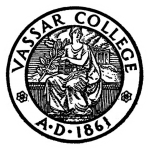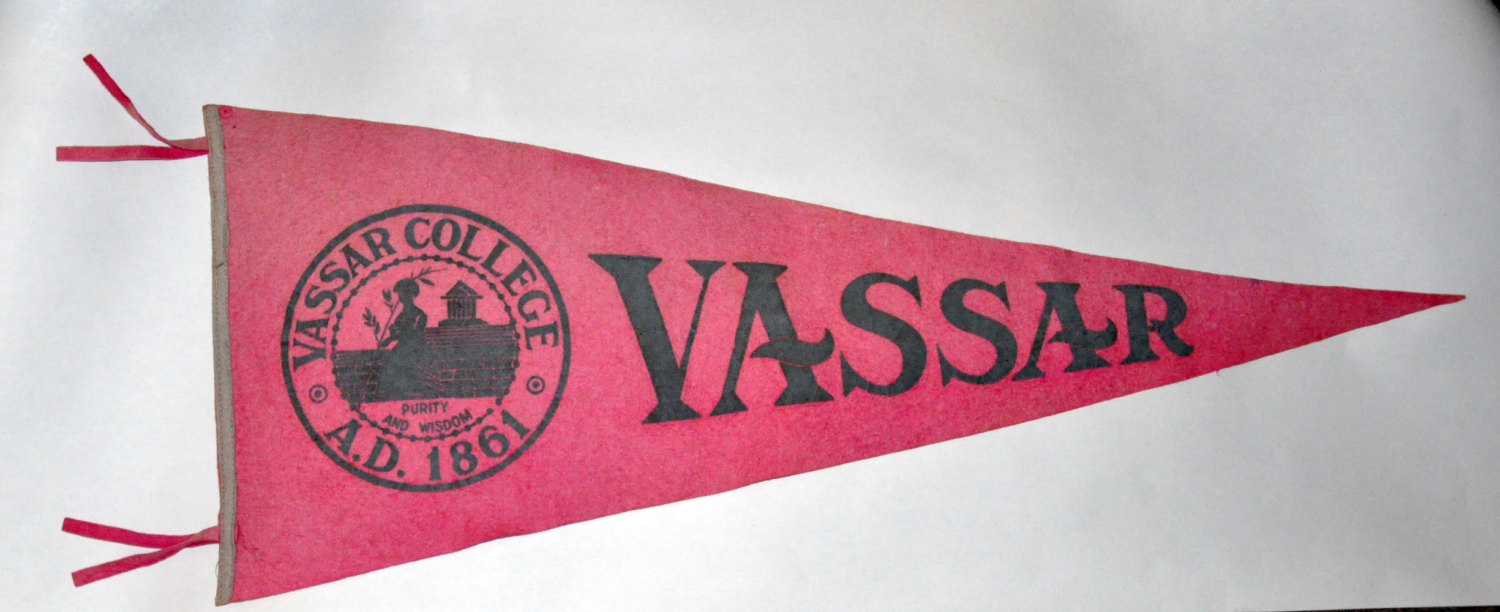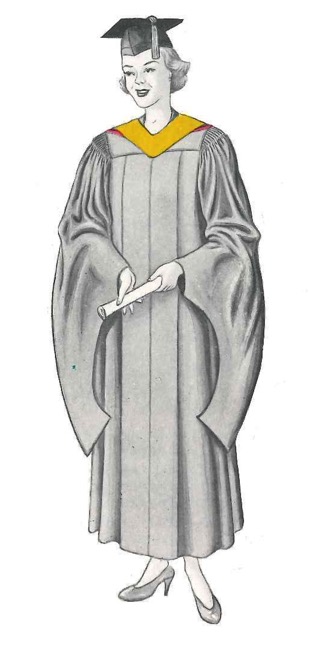Vassar College
New York
1861



Citations in the World Almanac (listed by cover date; color information is from the previous year): rose/gray (1895-1935)
According to a Cotrell & Leonard advertisement in the 1903 Vassarion yearbook, Vassar had not yet adopted academic costume – something the academic costume firm and depository of the Intercollegiate Bureau of Academic Costume (IBAC) was prepared to rectify. Eleven years later Cotrell & Leonard was supplying academic costume to Vassar graduates, according to an advertisement in the 1914 edition of the yearbook.
The academic hood lining design the IBAC assigned to Vassar College between 1903 and 1914 was first cited in a 1918 Encyclopedia Americana article on academic costume written by Gardner Cotrell Leonard, the Director of the Bureau. Leonard stated that the college was using a hood lining that was rose with a gray chevron. Beginning with a 1927 IBAC list, the shades of Vassar’s hood were lightened to a “rose pink” lining and “silver gray” chevron, but by 1958 they had darkened once again to the 1918 shades.
Intercollegiate Bureau lists from 1969 and 1972 stated that the college’s hood lining featured a reversed chevron, a redesign of Vassar’s hood lining first noted by Kevin Sheard in Academic Heraldry in America (1962). It is not known why the Bureau inverted the college’s chevron during the 1960s; the IBAC may have felt Vassar’s hood lining was too similar to that of Rosemont College (old rose with a gray chevron).
Here Vassar’s original hood assignment has been retained.


The women of Vassar College chose rose and gray as their school colors in December 1867 to represent “the rose of sunrise breaking through the gray of women’s previous intellectual life.” The shade of both colors is dark, as if to imply the breaking of dawn. Cerise is the hue of the official shade of Vassar’s “rose”, but a lighter shade of pink has also been used throughout the years. This hue was commonly known as “old rose”.
